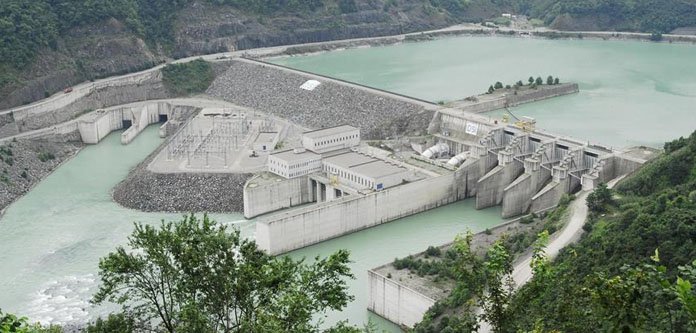The development of Julius Nyerere Hydropower Station in Tanzania gained pace this week after Prime Minister Kassim Majaliwa inaugurated construction of the dam section of the project to boost Tanzania’s electricity portfolio.
Also known as the Rufiji Hydropower project, the 2,115 megawatts dam will be the largest by installed capacity in East Africa and among the largest in Africa comparable to Egypt’s Aswan High Dam (2100 megawatts) Mozambique’s Cahora Bassa Dam (2075 megawatts) and Angola’s Lauca Dam (2069 megawatts).
It has involved the diversion of river Rufiji to allow construction of the dam.
The Tanzanian government is undertaking the project to enhance access to affordable electricity which will propel economic growth as well as attract investment in the country. The 2115 MW Julius Nyerere Hydropower project is expected to transform the country through generation and supply of reliable electricity for both domestic and industrial use.
The project is being undertaken by Arab Contractors and Elsewedy Electric, both of Egypt, and overseen by Tanzanian engineers.
READ: Construction of Rufiji power plant kicks off in Tanzania
PM Kassim touted the Julius Nyerere Hydropower Station project as an avenue for Tanzania to get more revenue from increased clients both large factories as well as small users.
He said that the increase in electricity production will help the government achieve one of its major goals, to supply electricity to all regions of the country including rural areas.
The 134 metres (440 ft) arched, concrete dam is expected to create a reservoir lake, 100 kilometres (62 mi), in length, measuring 1,200 square kilometres (460 sq mi), with 34,000,000,000 cubic metres (1.2×1012 cu ft) of water.
In April 2019, the Tanzanian government made an upfront payment of about US$309 million, taking care of approximately 15 percent total cost of construction. As of Mid-2020, the project was 40 percent complete.
The construction of the hydroelectric project is set for 2022 but it has also received criticism from environmental experts who are concerned about the location. The gorge is in the middle of the Selous Game Reserve, a World Heritage Site. Conservationists have termed the project a threat to the endangered animal species in the area especially the black rhinoceros and elephants.





[…] Read original article here. […]